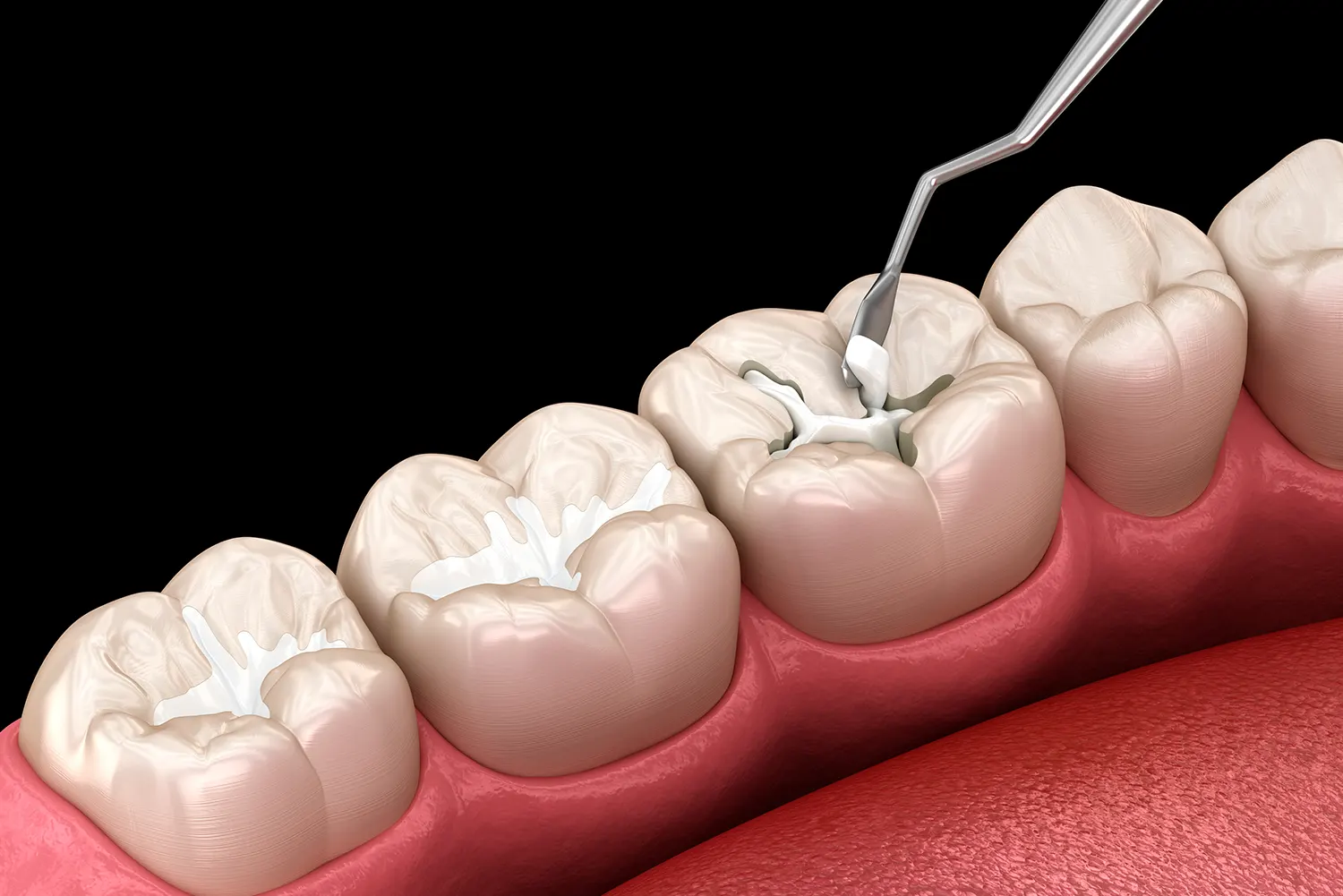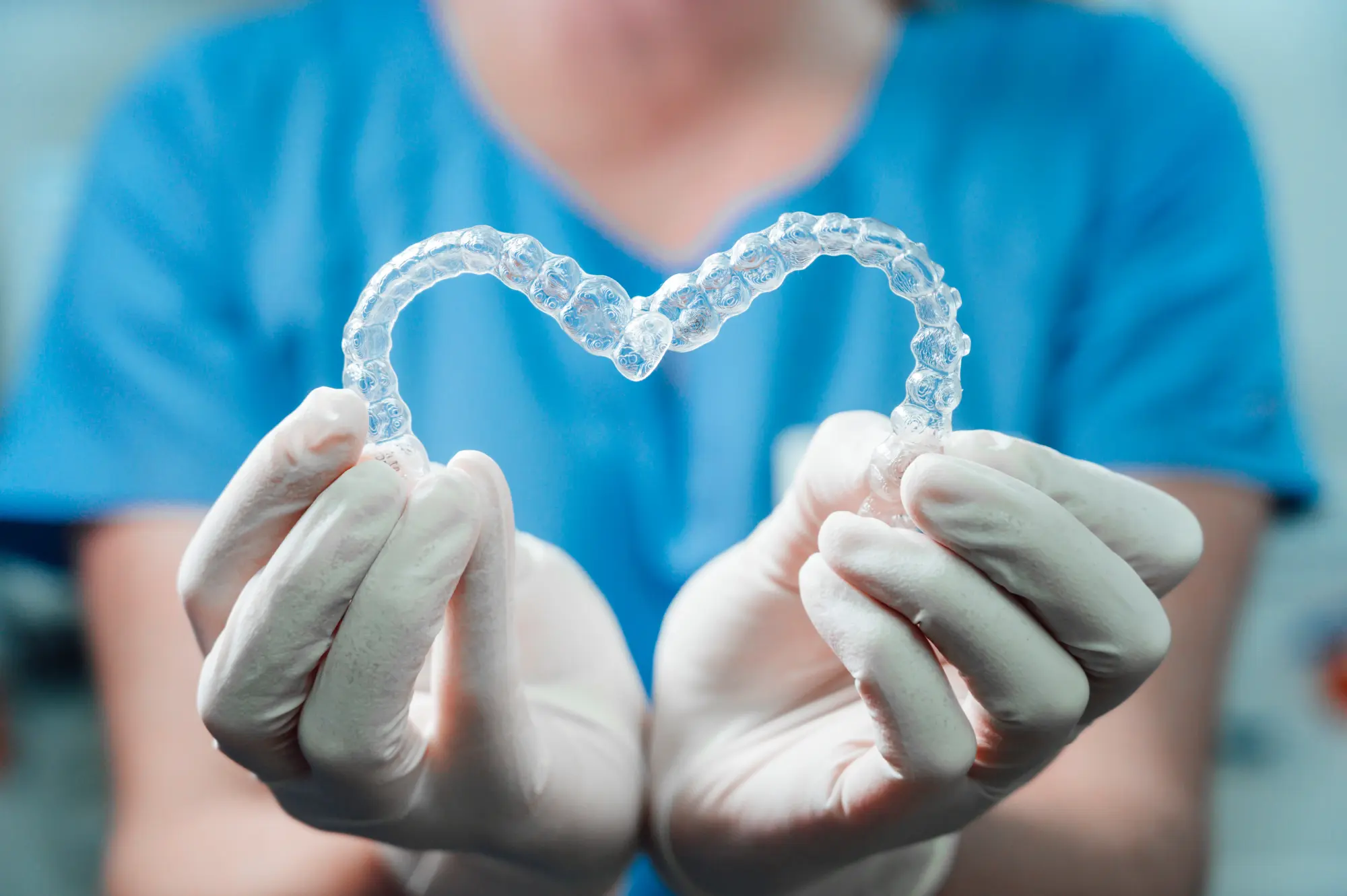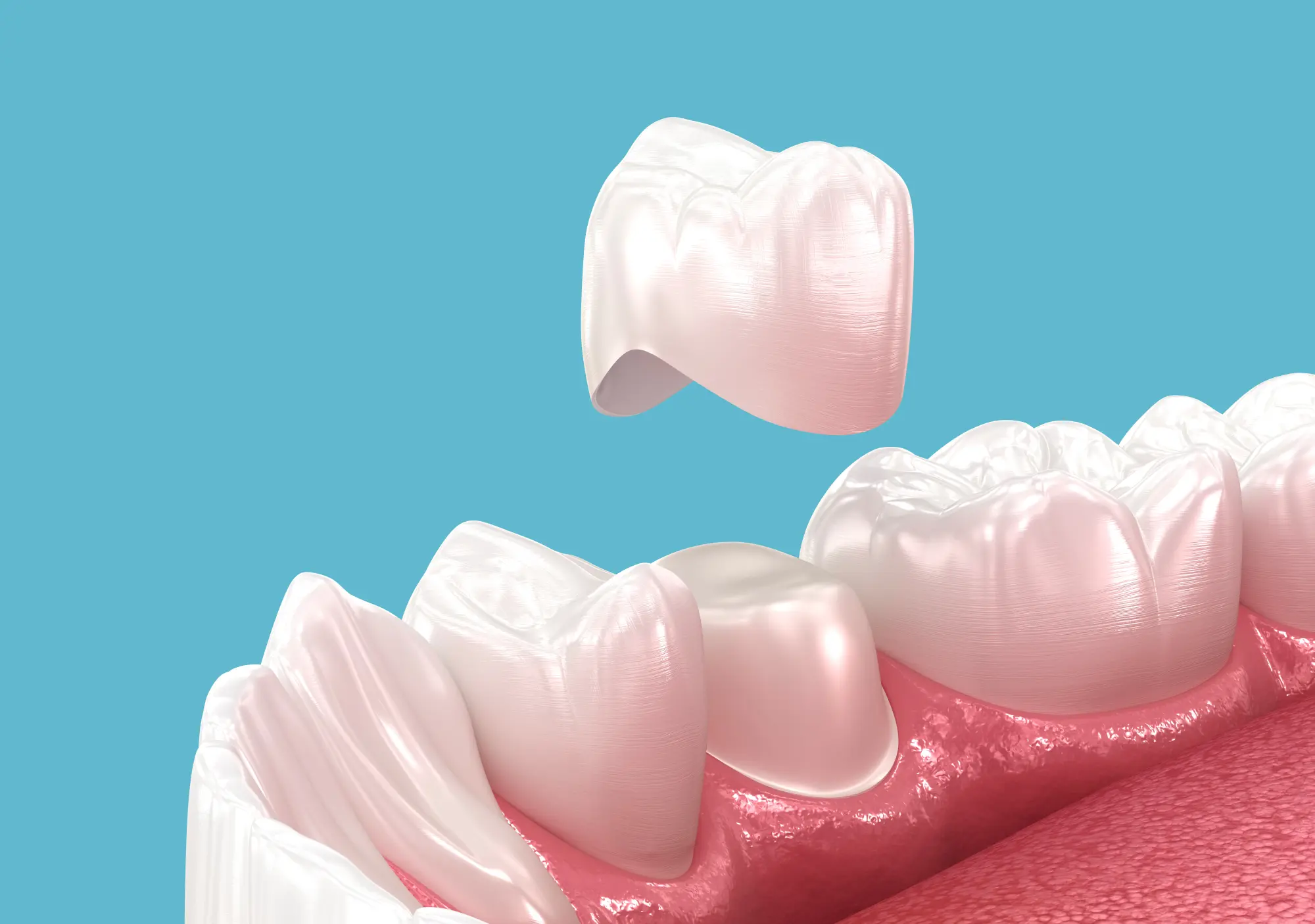
Are Dental Sealants Better Than Fillings?
When it comes to protecting your teeth, the dental world offers a variety of solutions. Among these, dental sealants and fillings are two common options that patients often consider. But which is better for your oral health?
Well, the answer is “it depends.” Neither sealants or filling are inherently “better” for your teeth. Instead, they're different treatments that have distinct purposes. In this blog, we’ll break down the differences between dental sealants and fillings and help you choose the best option for maintaining a healthy, beautiful smile.
Understanding Dental Sealants
Dental sealants are thin, protective coatings applied to the chewing surfaces of the back teeth, primarily the molars and premolars. They act as a barrier against plaque and food particles, which can lead to cavities.
Sealants are particularly beneficial for children and teenagers, as these age groups are more prone to developing cavities. Key benefits of dental sealants include:
- Non-invasive application: Sealants are applied quickly and painlessly, without the need for drilling or anesthesia.
- Prevention-focused: They are designed to prevent cavities before they start, making them a proactive choice in dental care.
- Longevity: Sealants can last several years with proper oral hygiene, providing long-term protection.
The Role of Dental Fillings
While sealants are used to prevent cavities, dental fillings have a different purpose. They are used to restore teeth that have already been affected by cavities. They involve removing the decayed portion of the tooth and filling the area with tooth-colored composite resin material.
Fillings are essential for repairing damage and preventing further decay. Some advantages of dental fillings include:
- Restorative function: Fillings repair the structure of a tooth, restoring its function and appearance.
- Variety of materials: Patients can choose from different materials based on their preferences and budget.
- Durability: With proper care, fillings can last for many years, providing a reliable solution for damaged teeth.
Comparing Sealants and Fillings
While both sealants and fillings play a crucial role in dental health, their purposes and applications differ significantly. Sealants are preventive, aiming to stop cavities before they form, while fillings are restorative, addressing existing decay. When deciding between the two, consider the following:
- Age and risk factors: Sealants are often recommended for children and teens, while fillings are necessary for anyone with existing cavities.
- Cost and insurance coverage: Sealants are generally more affordable and may be covered by dental insurance for children, whereas fillings may vary in cost depending on the material used.
- Long-term dental health: Both treatments are vital for maintaining oral health, and your dentist can help determine the best approach for your needs.
Making the Right Choice for Your Oral Health
Ultimately, the decision between dental sealants and fillings depends on your individual dental needs. Sealants are great for preventing cavities, but if you already have a decayed tooth, you’ll likely need a filling or crown instead.
By prioritizing preventive care with sealants and addressing any existing issues with fillings, you can ensure a comprehensive approach to maintaining your oral health. Remember, a healthy smile is a lifelong investment, and choosing the right dental treatments is a vital step in preserving it.
Schedule Your Dental Appointment in Goodyear, AZ
If you're considering dental sealants or fillings, or simply want to learn more about your options, Dr. Tyler Francis at Francis Dental is here to help. Our team is dedicated to providing personalized care tailored to your unique needs. Contact us today at (623) 594-0566 to schedule an appointment and take the first step towards a healthier smile in Goodyear, AZ. Your oral health is our priority, and we're here to support you every step of the way.
Related Posts

Invisalign para adolescentes y adultos: la guía completa de Goodyear

Coronas o carillas: ¿qué opción es la adecuada para su sonrisa?

Are Dental Sealants Better Than Fillings?

